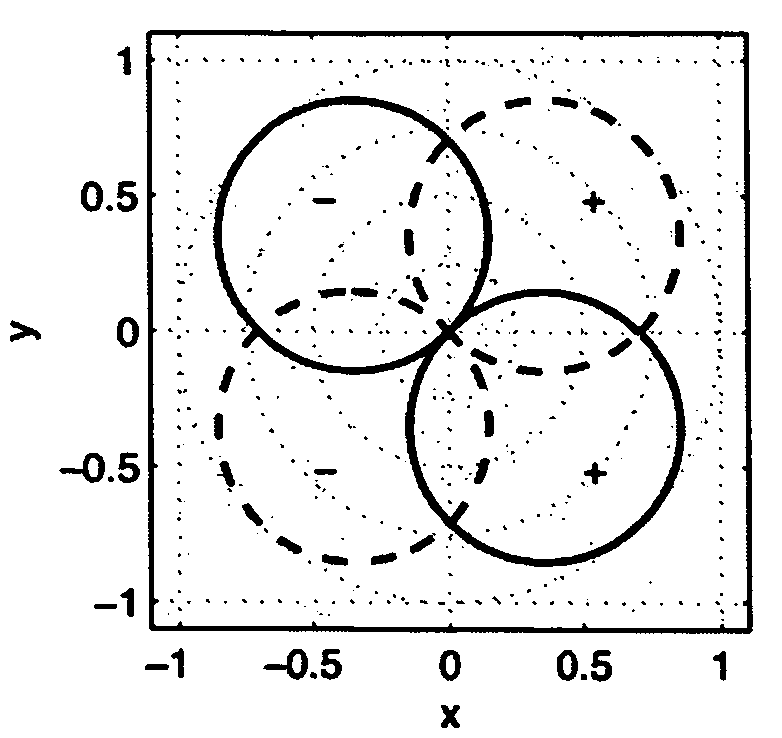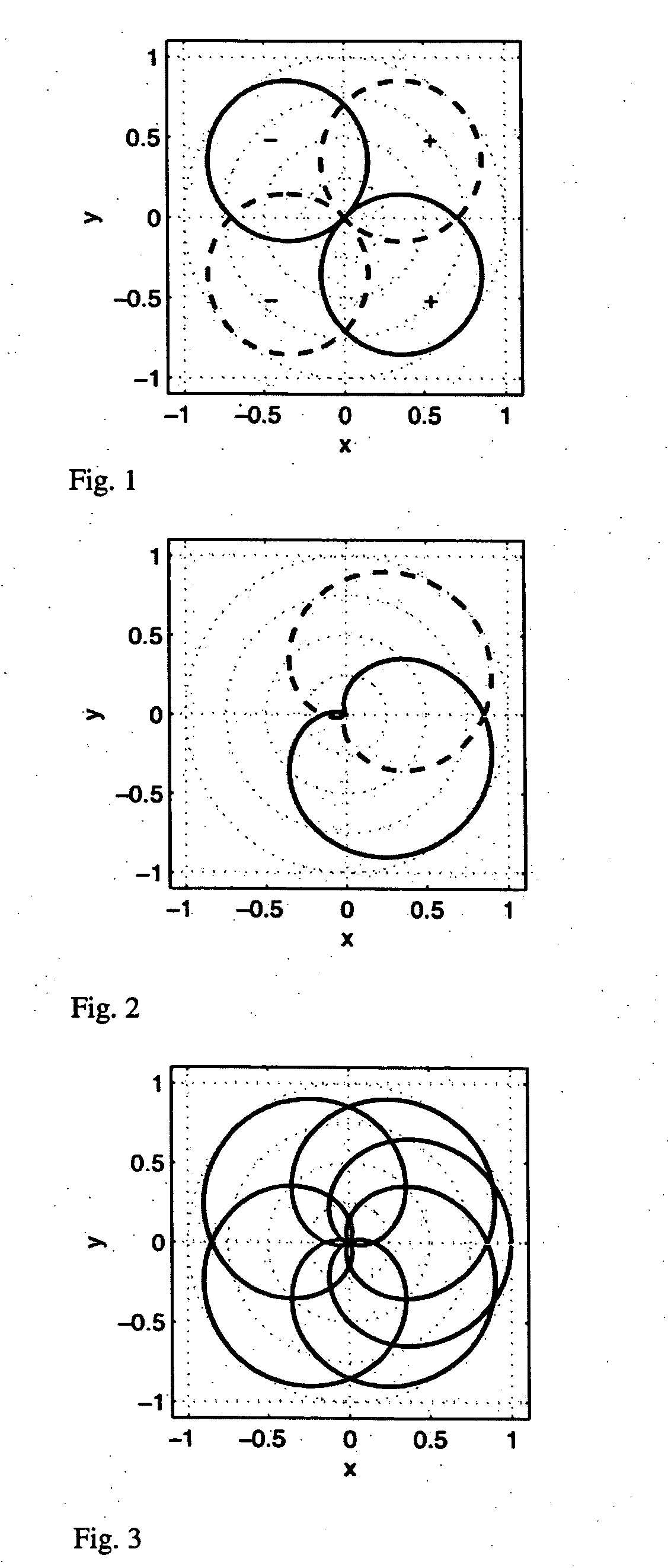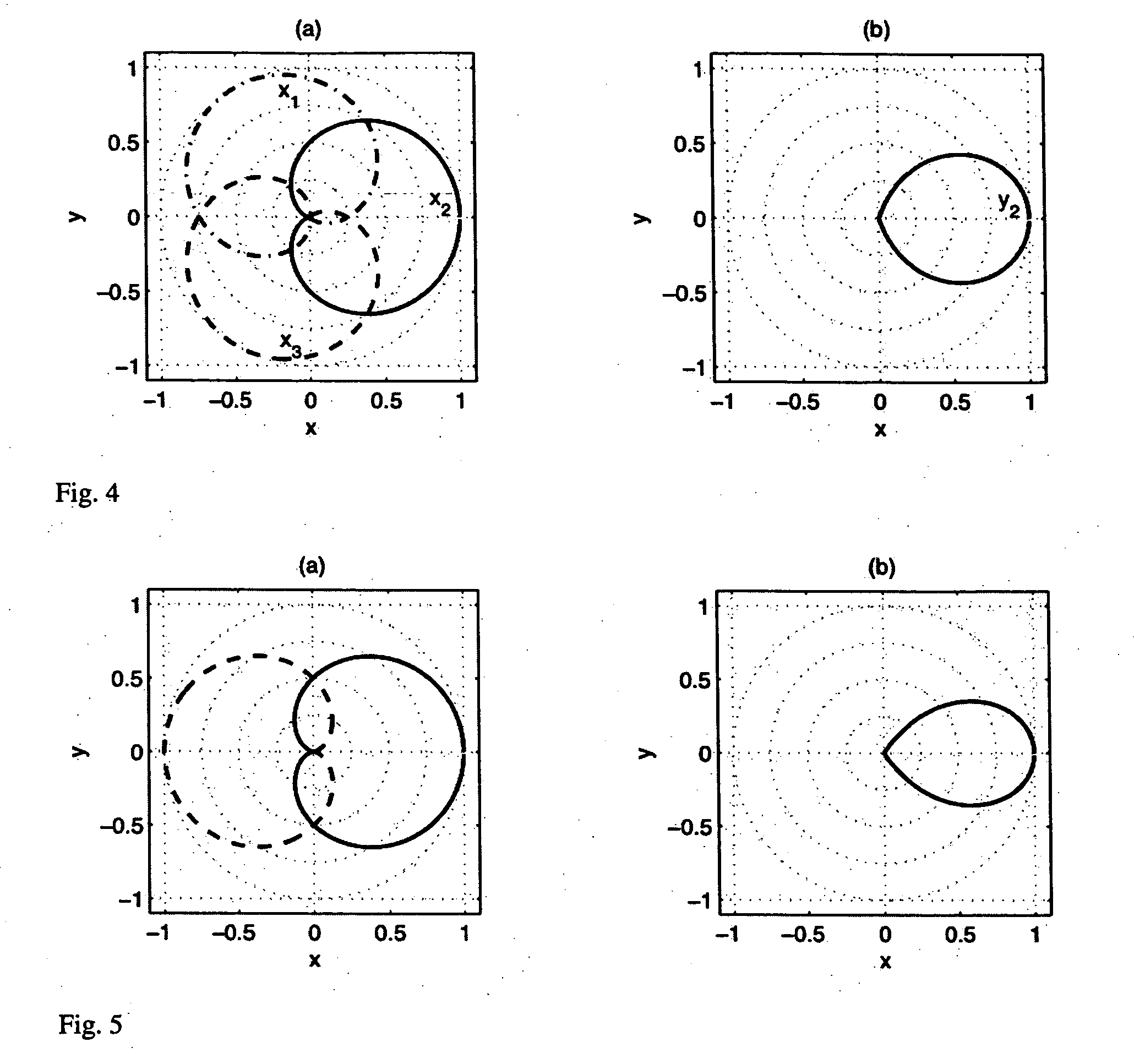Method to generate an output audio signal from two or more input audio signals
a technology of audio signal and output signal, applied in the direction of transducer circuit, transducer casing/cabinet/support, electrical transducer, etc., can solve the problems of inconvenient application, and inability to achieve beamforming for getting a signal with a higher directional response, so as to achieve low signal to noise ratio and signal quality. the effect of low
- Summary
- Abstract
- Description
- Claims
- Application Information
AI Technical Summary
Benefits of technology
Problems solved by technology
Method used
Image
Examples
Embodiment Construction
[0031]The detailed description is organized as follows. Section I motivates the proposed scheme and presents a few examples on what it achieves. The proposed processing is described in detail in Section II, using the example of three input signals. The directionality corresponding to the processed output signal for directional sound is derived in Section III. Section IV discusses the corresponding directionality for diffuse sound. Considerations for the case of mixed sound, i.e. directional and diffuse sound, reaching the microphones, are discussed in Section V. Use of the proposed technique for B-Format / Ambisonic decoding is described in Section VI. Section VII discusses different cases than three input signals, the consideration of directional responses in three dimensions, and other generalizations.
I. MOTIVATION AND EXAMPLES
[0032]The responses of a coincident pair of dipole microphones, as often used for stereo recording, are illustrated in FIG. 1. This microphone configuration d...
PUM
 Login to View More
Login to View More Abstract
Description
Claims
Application Information
 Login to View More
Login to View More - R&D
- Intellectual Property
- Life Sciences
- Materials
- Tech Scout
- Unparalleled Data Quality
- Higher Quality Content
- 60% Fewer Hallucinations
Browse by: Latest US Patents, China's latest patents, Technical Efficacy Thesaurus, Application Domain, Technology Topic, Popular Technical Reports.
© 2025 PatSnap. All rights reserved.Legal|Privacy policy|Modern Slavery Act Transparency Statement|Sitemap|About US| Contact US: help@patsnap.com



